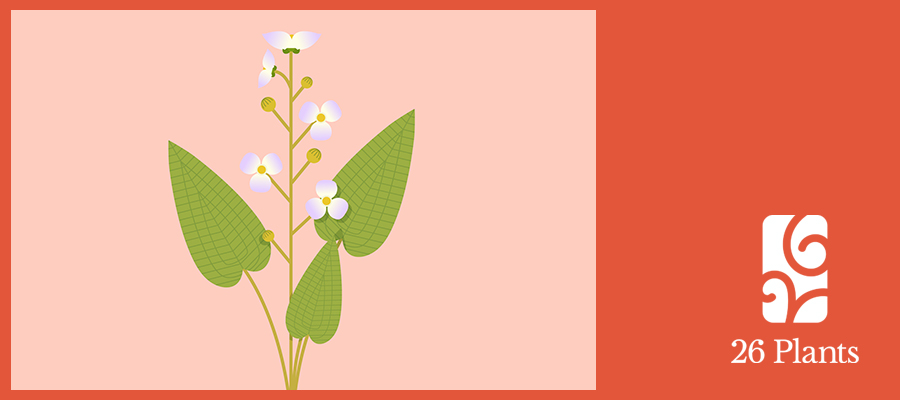Water Plantain
Alisma plantago-aquatica
Chloe Biggs

You’ll Bloom Again
Sleep until noon,
nestled in the margins, unseen
still
unscathed.
Equally simple, equally neglected.
Yet your exquisite grace stays steady
against boots
and storms
and scraps – that human mess.
Bathing on sun-warmed riverbanks.
Kissed by raindrops
under marigold light.
A divine beauty.
A forgotten beauty.
A survivor, swelling in the shallows.
Grasp the earth.
He can never take the streams of your suburban home:
spotted butterflies,
clicking crickets,
slick frogspawn,
swooping songbirds.
Don’t let him make you wilt.
Hold your stems high, he’ll soon be gone.
Then laze in threads of green silk,
rest lilac eyes
and sleep until noon.
If you’ve ever walked through green, marshy, wet areas of the UK, chances are you’ve passed this forgotten beauty. Once described as a ‘model of divine proportion’ by art critic John Ruskin, water plantains stand up to a metre tall in the summer months, with their pink, white and lilac whorls of flowers. But they’re easily glanced over by ramblers and wanderers.
Although Ruskin agreed that their shape was a common one, he also saw their distinct beauty. Ruskin was particularly interested in their leaves – large with a heart-shaped base and five masts ‘arranged with the most exquisite grace of curve’. Upon first look, you might not notice the faint, symmetrical lines that make these leaves special. So special, in fact, that they helped shape Ruskin’s theory of gothic architecture. He believed beauty should be derived from nature to design the steep spires, soaring towers and ribbed arches you might see in Cambridge, Prague or Paris.
For a brief moment in history, these plants were deemed beautiful because of the writing of one man. But they are more than just beautiful. They are unique, with extensive root systems that reach through the wettest of places to find nutrients in soil. They are mysterious, and are believed to have many different uses all around the world, including curing rabies in Russia, helping with fertility in China and warding off fairies in Ireland. And they are strong; where many plants would fail to grow – in sordid suburban streams, alongside litter and discarded shopping trolleys – the water plantain thrives.
For now, these plants can be found throughout the Northern Hemisphere, including most of the UK. But they’re dwindling in the north, absent in areas of Scotland and threatened by a loss of habitat, degradation and fragmentation.
If you’re ever on a countryside walk, look out for them in areas of shallow water or along slow-moving watercourses. You might just see their tiny clenched-fist buds that open up in the afternoon, and their perfectly parallel leaves that turn to ribbons underwater. And take a moment to think about how unique, mysterious, strong and beautiful these wonderful plants are.
Image by Aaron Miller
